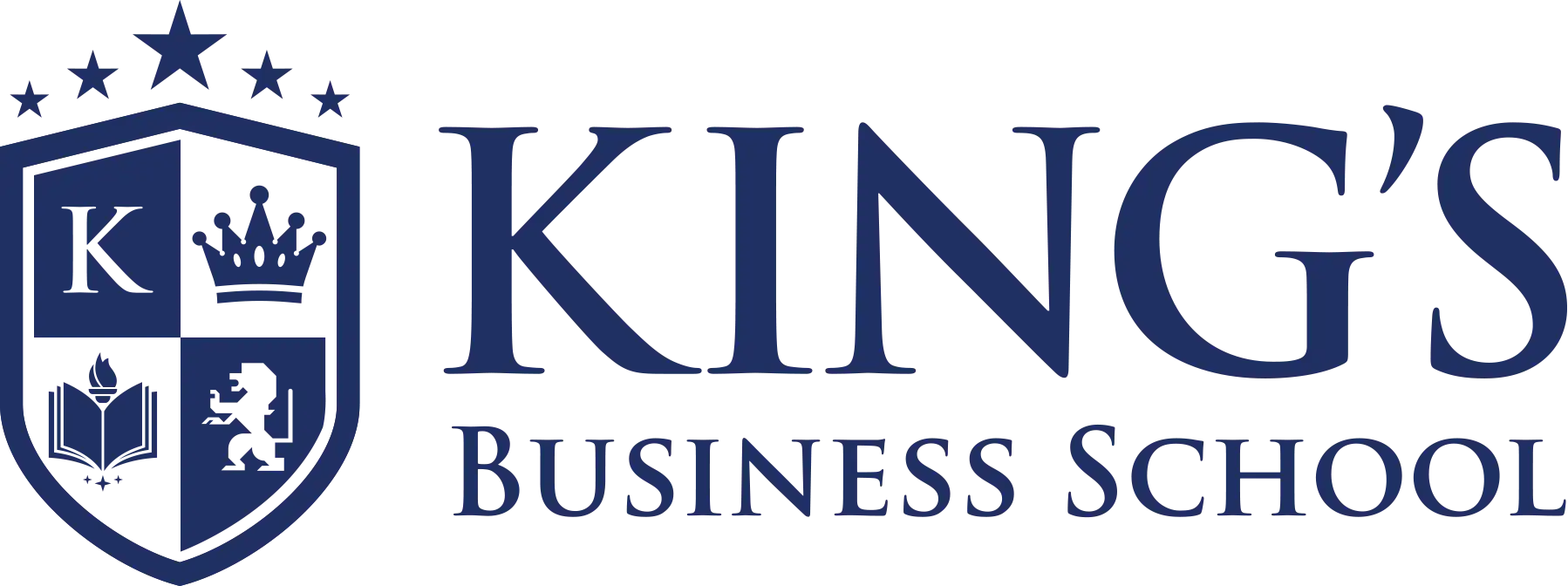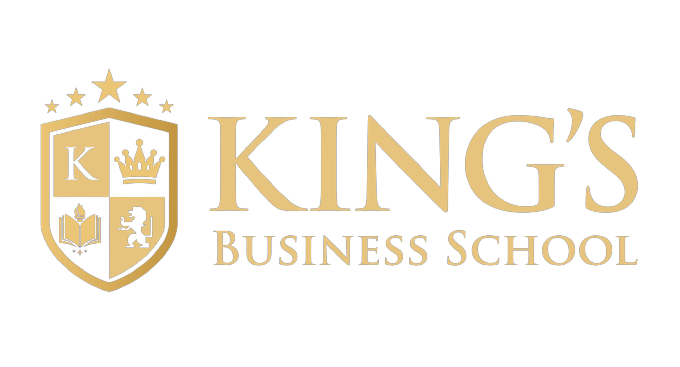In today’s corporate landscape, characterized by emerging sectors, technological advancements, and evolving fields, the demand for skilled human resources is on the rise. Industries are growing rapidly, resulting in a need for specialized skills. However, this surge in demand has also highlighted a significant gap between employer requirements and the skills possessed by individuals. This gap, commonly referred to as the ‘skill gap,’ poses challenges for both employers and graduates.
Traditional higher education programs often struggle to keep up with the pace of change, leading to a mismatch between graduates’ abilities and industry needs. As a result, the education industry is undergoing extensive restructuring to equip individuals with the necessary skills for success in the business world.
Here are some major enhancements to reduce the skill gap:
Industry-Academia Collaboration: Fostering Partnerships
- To address the skills gap, higher education institutions are forging stronger partnerships with industries that allow academia to gain insights into industry trends, emerging technologies, and skill requirements. These collaborations make it easier to create curricula that are relevant to the industry and guarantee that graduates have the skills employers are looking for.
Curriculum Enhancement: Adapting to Changing Needs
- Higher education institutions are revamping their curricula to align with the evolving demands of the job market. By incorporating interdisciplinary approaches, flexible course structures, and specialized programs, universities can better prepare students for emerging careers and fill the skill gaps identified by employers.
Emphasis on Practical Learning: Real-World Application
- Recognizing the importance of hands-on experience, higher education institutions are integrating practical learning opportunities into their programs. From lab sessions and case studies to simulations and project-based learning, students are given the chance to apply theoretical knowledge in real-world scenarios, enhancing their practical skills and employability.
Technology Integration: Harnessing Digital Tools
- To close the skills gap, the higher education sector is making use of technology. By integrating digital tools, online learning platforms, and virtual reality experiences, institutions can provide students with immersive learning environments that simulate real-world challenges. This approach enhances technical proficiency and adaptability, preparing graduates for the dynamic workforce.
Upskilling and Reskilling: Lifelong Learning Opportunities
- Recognizing that learning doesn’t end with graduation, universities are emphasizing lifelong learning. Upskilling and reskilling programs allow professionals to acquire new skills or update existing ones throughout their careers. These flexible learning options cater to working professionals and help bridge the skills gap as industries evolve.
Internships and Work-Based Learning: Gaining Hands-on Experience
- Internships, co-op programs, and work-based learning initiatives provide students with practical exposure to industry settings. By working alongside professionals, students gain valuable insights, develop relevant skills, and build networks. These experiences enhance employability and reduce the gap between theory and practice.
Soft Skills Development: Beyond Technical Proficiency
- While technical skills are essential, soft skills play a critical role in career success. Higher education institutions emphasize communication, teamwork, problem-solving, adaptability, and leadership. Cultivating these interpersonal skills ensures that graduates are well-rounded and ready to thrive in diverse work environments.
Global Perspective: Cultivating Cultural Competence
- In an interconnected world, cultural competence is vital. Universities are promoting global awareness through international exchange programs, study abroad opportunities, and cross-cultural courses. Exposure to different cultures enhances students’ adaptability, empathy, and understanding, making them better equipped to work in diverse settings.
Continuous Feedback and Assessment: Improving Quality
- Regular feedback and assessment mechanisms allow institutions to monitor student progress and adjust curricula accordingly. By staying responsive to industry needs and student performance, universities can fine-tune their programs and ensure graduates meet the skill requirements of employers.
Public-Private Partnerships: Bridging the Gap Together
- Collaboration between public and private sectors is essential for addressing the skills gap. Governments, businesses, and educational institutions work together to create skill development programs, apprenticeships, and certifications. These partnerships strengthen the workforce pipeline and promote economic growth.
The higher education sector is acutely aware of the skills gap challenge and is actively addressing it by realigning curricula, fostering industry partnerships, and emphasizing practical learning. To address this challenge, King’s Business School stands out as a beacon of excellence. With a commitment to bridging the skills gap, King’s offers a range of cutting-edge programs that equip students with the knowledge, expertise, and soft skills needed to thrive in today’s competitive business landscape. Explore King’s Business School’s diverse programs and take the first step toward a successful career.
Visit our website here to learn more about the exciting opportunities that await you.





